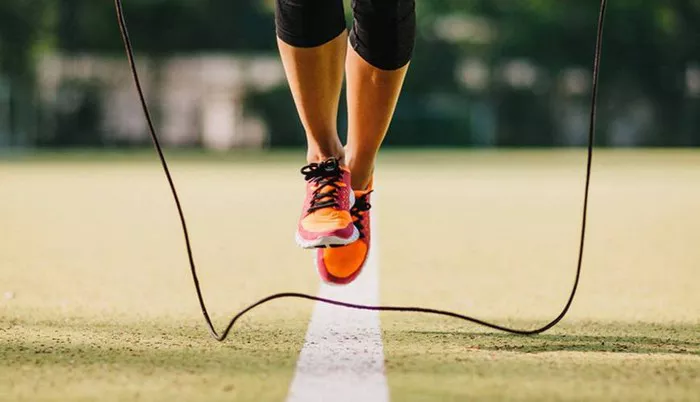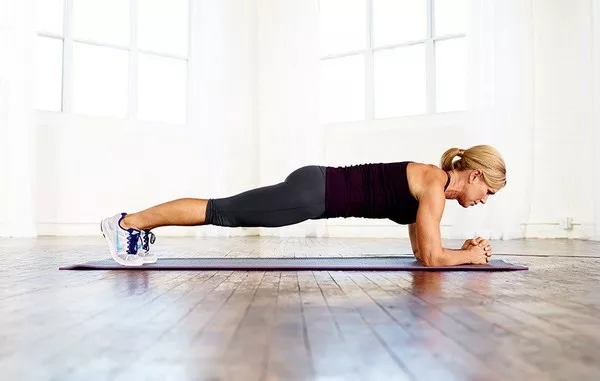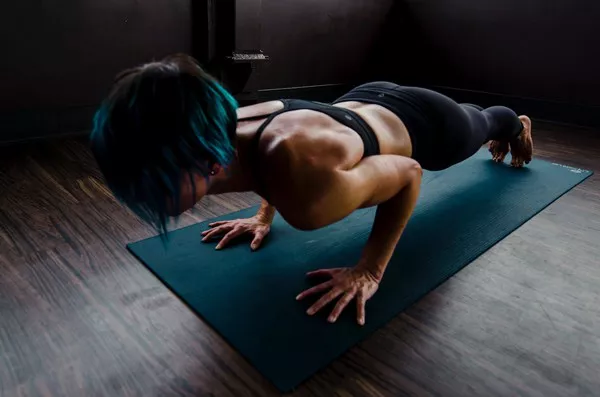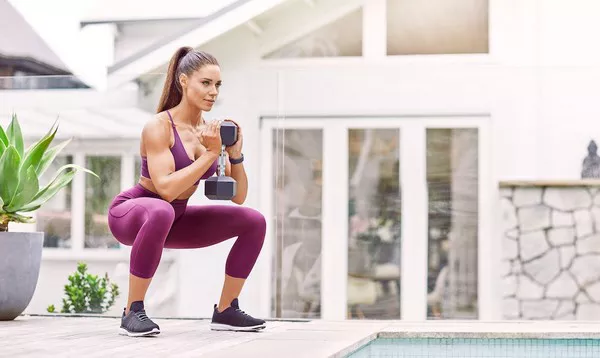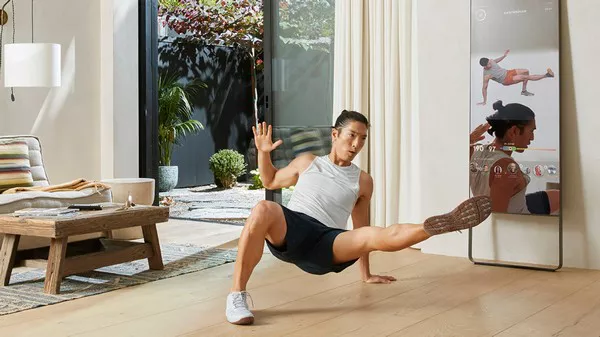Cardiovascular fitness is essential for overall health and well-being. It strengthens the heart, boosts endurance, and helps with weight management. While running is a popular and effective way to improve cardiovascular health, it’s not the only option available. Many people avoid running due to joint pain, lack of motivation, or simply because they don’t enjoy it. The good news is that you can significantly increase your cardio fitness without ever lacing up a pair of running shoes. This article will explore several effective and enjoyable alternatives to running, helping you improve your cardiovascular health without the impact or discomfort associated with running.
Understanding Cardiovascular Exercise
Before we dive into non-running alternatives, it’s important to understand what cardiovascular exercise is and why it’s essential. Cardiovascular exercise (also known as aerobic exercise) includes activities that increase your heart rate and improve the efficiency of your heart, lungs, and blood vessels. The goal of cardio exercise is to engage in continuous movement that challenges the heart and lungs, leading to improved stamina, better blood circulation, and enhanced overall fitness.
Benefits of Cardiovascular Exercise
Engaging in regular cardiovascular exercise offers numerous health benefits, including:
Improved heart health: Strengthens the heart and reduces the risk of heart disease.
Increased stamina and endurance: Helps you build the physical endurance to carry out everyday activities without getting fatigued.
Better lung capacity: Improves the efficiency of your lungs, allowing you to take in more oxygen during physical activity.
Weight management: Burns calories, helping with fat loss and weight maintenance.
Improved mood and mental health: Cardiovascular exercise promotes the release of endorphins, which can reduce stress and boost mood.
Now that we understand the importance of cardiovascular exercise, let’s look at how you can increase your cardio without running.
Low-Impact Alternatives to Running
If you love the idea of improving your cardiovascular fitness but dislike running, there are plenty of alternative exercises you can try. These exercises allow you to increase your heart rate, burn calories, and improve cardiovascular health, all while being easier on the joints. Let’s dive into the best alternatives.
1. Cycling
Cycling is one of the most effective and low-impact cardio exercises you can do. Whether you choose to ride a stationary bike at the gym or hop on a road bike outdoors, cycling can help improve your cardiovascular fitness while minimizing stress on your joints.
Why Cycling Works
Low-impact on the knees and joints: Cycling is gentle on the joints, making it a great option for people with knee pain or other joint issues.
Great for building endurance: Whether you’re cycling for an hour or incorporating high-intensity intervals, cycling is an excellent way to increase your heart rate and stamina.
Can be done indoors or outdoors: Stationary bikes allow you to get a great workout indoors, while outdoor cycling provides variety and the added challenge of varying terrain.
To get the most out of your cycling workout, consider mixing up your sessions. Try cycling at a moderate pace for longer periods (30-60 minutes) or incorporate high-intensity interval training (HIIT) for a more challenging workout that increases both your endurance and fat-burning potential.
2. Swimming
Swimming is another fantastic form of cardiovascular exercise that doesn’t require running. It provides a full-body workout that engages all major muscle groups while providing a low-impact, joint-friendly option for cardio.
Why Swimming Works
Full-body workout: Swimming activates the upper body, lower body, and core, making it a highly effective way to increase cardiovascular endurance.
Gentle on the joints: The buoyancy of the water reduces the impact on joints, making swimming an excellent option for those with arthritis or injuries.
Variety of strokes: By incorporating different strokes (freestyle, breaststroke, backstroke, and butterfly), you can engage different muscle groups and keep your workout interesting.
Swimming can be a fun and refreshing way to improve your cardio fitness. Try swimming for 30-45 minutes, gradually increasing the intensity and duration over time. You can also challenge yourself by doing interval training, such as swimming fast for 30 seconds and then resting for 30 seconds.
3. Rowing
Rowing is an effective full-body workout that targets both the upper and lower body while increasing cardiovascular endurance. Whether you use a rowing machine or row on the water, this exercise offers an excellent way to boost your cardio fitness without the impact of running.
Why Rowing Works
Full-body engagement: Rowing works the legs, back, arms, and core muscles, making it an efficient workout that targets multiple muscle groups.
Low-impact: Rowing is gentle on the knees and joints while still providing a powerful cardiovascular workout.
Can be done indoors or outdoors: Rowing machines provide a great indoor cardio workout, while outdoor rowing offers a change of scenery and a bit of variety.
To maximize the effectiveness of rowing, focus on maintaining proper form to prevent injury and ensure you’re engaging the correct muscles. Start with moderate intervals (e.g., 1 minute of hard rowing followed by 1 minute of recovery) and gradually increase the intensity over time.
4. Elliptical Trainer
The elliptical machine is a popular piece of gym equipment that mimics the movement of running without the impact. It combines elements of walking, running, and stair climbing to give you a challenging cardiovascular workout.
Why the Elliptical Works
Low-impact on the joints: Like cycling and swimming, the elliptical machine is easy on the joints, making it a great option for individuals with knee, hip, or lower-back pain.
Full-body workout: Most ellipticals have handlebars that engage the upper body, so you get a full-body workout, engaging both the arms and the legs.
Variety of workouts: Many elliptical machines come with preset programs that vary in intensity, helping you challenge yourself and keep things interesting.
To get a great cardiovascular workout on the elliptical, alternate between moderate-intensity sessions (30 minutes) and high-intensity intervals to boost fat burning and endurance.
5. Jump Rope
Jumping rope is an old-school exercise that has made a huge comeback in recent years. It is an excellent cardiovascular workout that can be done anywhere, with minimal equipment required.
Why Jump Rope Works
High calorie burn: Jumping rope can burn a significant number of calories in a short amount of time, making it an efficient way to improve cardiovascular fitness and lose weight.
Improves coordination: Jumping rope requires coordination between the arms, legs, and feet, which can help improve balance and agility.
Portable and inexpensive: All you need is a rope, making this a convenient and affordable option for cardio exercise.
Start by jumping for short intervals (1-2 minutes), gradually increasing the duration as you build endurance. You can also mix up the routine by adding different jump rope techniques, such as alternating feet, double unders, or crisscrossing your arms.
6. Dancing
Dancing is a fun and social way to get your heart rate up while improving cardiovascular fitness. Whether you take a dance class or dance around your living room to your favorite music, dancing can be a great way to boost your cardio without running.
Why Dancing Works
Fun and engaging: Unlike traditional cardio exercises, dancing is enjoyable and can feel like a fun activity rather than a workout.
Full-body movement: Dancing involves the entire body, helping to tone muscles while increasing your heart rate.
Variety of styles: From hip-hop and salsa to Zumba and ballroom dancing, there are countless styles of dance that can challenge your cardio endurance and keep things fresh.
Try setting aside 30-45 minutes for a dance session, whether it’s through an organized class or just free styling at home. You can increase the intensity by incorporating more dynamic movements or dancing for longer periods of time.
7. Hiking
Hiking is a great outdoor activity that provides both a cardiovascular workout and a connection to nature. Walking on varied terrain, especially uphill, can significantly increase the intensity of your workout and engage more muscles.
Why Hiking Works
Natural elevation changes: Hiking on uneven terrain challenges the cardiovascular system while building lower-body strength.
Accessible for all fitness levels: Hiking can be adjusted to your fitness level by selecting trails with varying degrees of difficulty.
Mind-body connection: Being outdoors and in nature can provide mental and emotional benefits, which can make exercising feel more enjoyable.
For a great cardio workout, aim for a 30-60 minute hike on moderate to challenging terrain. You can increase the intensity by hiking steeper trails or carrying a backpack with weight.
8. Strength Training with Cardio Intervals
While strength training primarily focuses on building muscle, it can also improve cardiovascular fitness if performed in a circuit style. By alternating between strength exercises (such as squats, lunges, or push-ups) with short bursts of cardio (like jumping jacks, mountain climbers, or burpees), you can elevate your heart rate and burn calories while building strength.
Why This Works
High calorie burn: Combining strength training with cardio intervals increases your calorie burn both during and after the workout.
Muscle and endurance: You’re building muscle while simultaneously improving cardiovascular fitness.
Efficient use of time: This combination workout helps you work on multiple fitness goals simultaneously, making it a time-efficient option.
Try creating a circuit that includes a combination of bodyweight exercises (like squats, push-ups, and planks) with short bursts of cardio. Perform the circuit 3-4 times, with 30 seconds of rest between each round.
Conclusion
Improving cardiovascular fitness without running is entirely possible, and there are countless enjoyable alternatives to choose from. Whether you prefer cycling, swimming, rowing, or dancing, the key is to find a workout that you enjoy and can commit to over the long term. Cardiovascular exercise doesn’t have to be painful or boring—it should be something you look forward to.
The best approach to improving your cardio is consistency. Incorporate a variety of activities into your routine, gradually increasing the intensity and duration as your fitness improves. With time, you’ll notice improved endurance, better overall health, and the satisfaction of reaching your fitness goals without ever needing to run.
Related Topics




